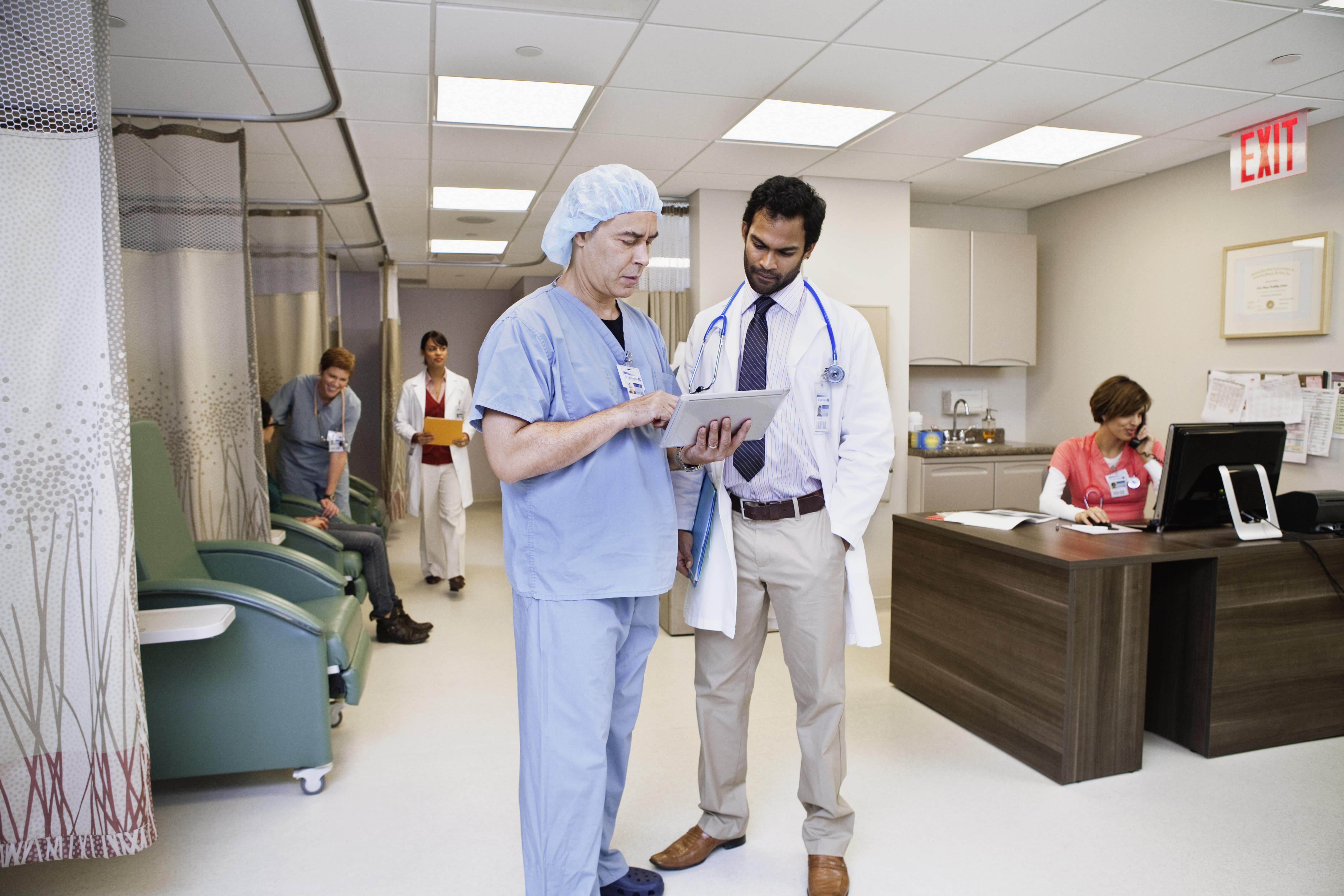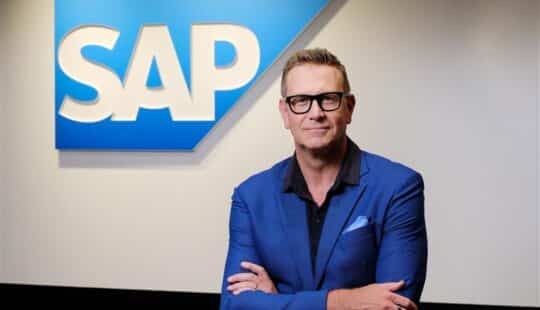A digital transformation at medical supplies company Device Technologies has saved more than 50,000 hours of administrative time in just one year. Read how tech is making health care smarter, faster and safer.
Just two months after Device Technologies drew up a COVID-19 disaster plan, its business changed dramatically. Demand from hospitals for its usual products – surgical instruments, orthopaedic implants, robotics and the like – plummeted as elective surgery was banned.
Adapting at speed
Instead, the company was deluged with orders for ventilators and personal protective equipment. “We shifted our business model extremely quickly,” says CEO Michael Trevaskis.
Fortunately, the rapid pivot was simplified by a decision taken three years earlier to transform Australia’s biggest independent supplier of medical technology into a digital leader in the healthcare sector.
Michelle Stewart, general manager of marketing and digital, headed the project, starting with the supply chain.
Using SAP’s Customer Experience platform, Device Technologies introduced a surgery booking portal, eliminating the need for phone calls and several data entry steps – instead allowing surgeons to input into an app what equipment they needed.
Putting patients first
After just one year in operation, the portal has saved more than 50,000 hours of administrative time. As well as reducing the risk of human error, it has freed up more than 100 sales staff across the surgical divisions of Device Technologies, allowing them to spend more time with surgeons improving patient outcomes.
“It puts patients ahead of paperwork,” says Stewart.
It has also allowed sales staff to input surgery bookings on the go on mobile devices rather than entering data after business hours.
The company’s next biggest change is an ecommerce platform, giving customers access to a digital catalogue of more than 70,000 products and the ability to track their purchases and deliveries anytime.
Total transparency
“We’re inviting them into the business with total transparency,” says Stewart, noting that a trial launch to a small group of customers shows they are three times more likely to research product details through the portal and are logging on outside business hours.
Trevaskis says the digital innovations will allow Device Technologies to continue to expand.
Five years ago, 80 per cent of its customer base was Australian hospitals and doctors. Now, the company supplies equipment to veterinary practices and aged care homes, as well as hospitals across South-East Asia.
“We couldn’t do this without technology; it’s far too labour intensive,” he says. “Health care has to evolve into more digitised services and COVID-19 has fast-tracked this.”
To discover more stories of SAP innovation in action, visit https://www.sap.com/australia/index.html



